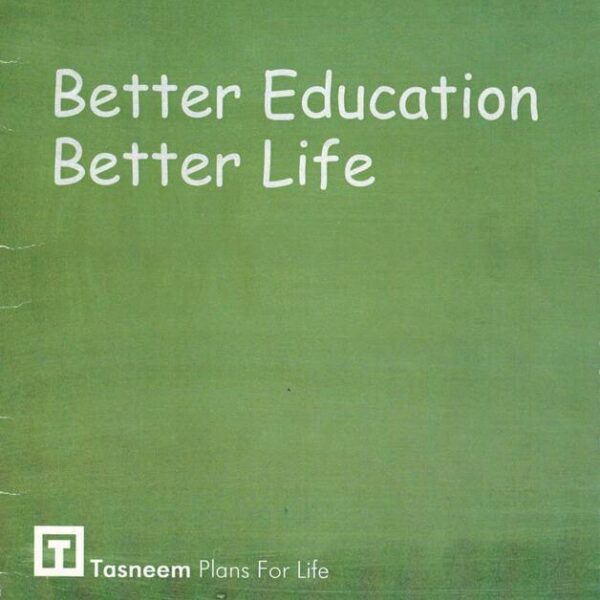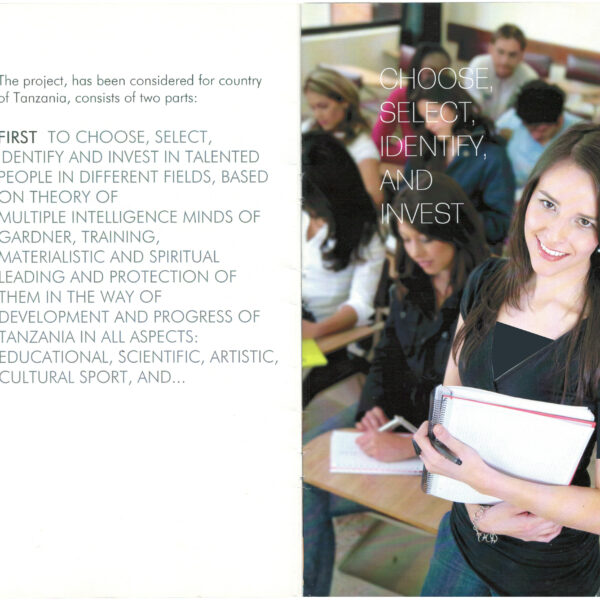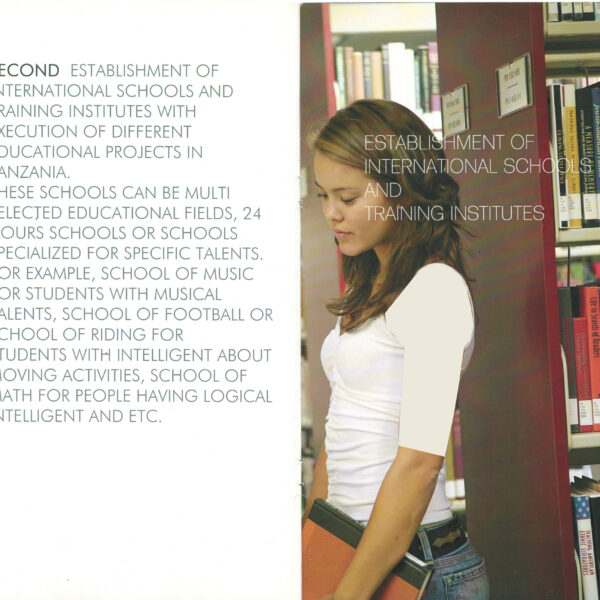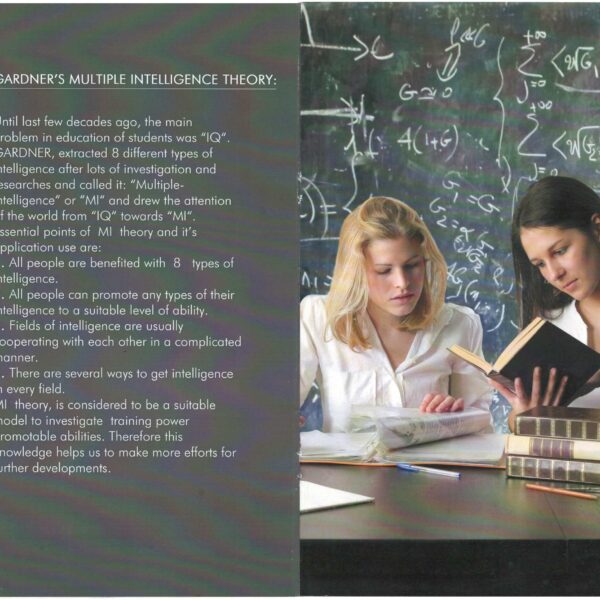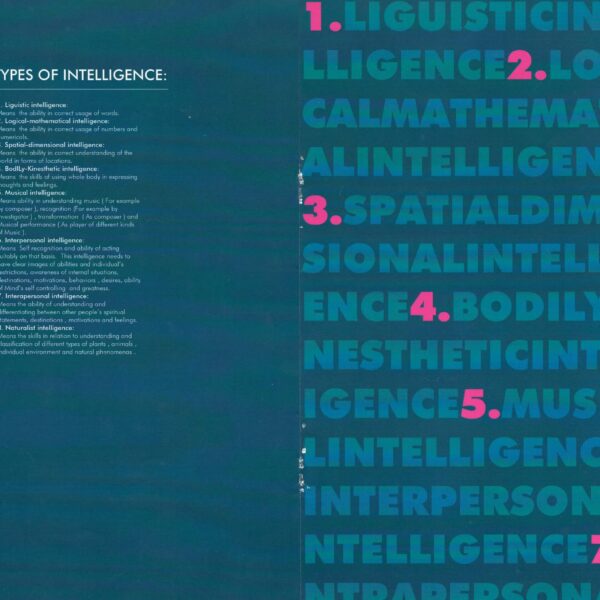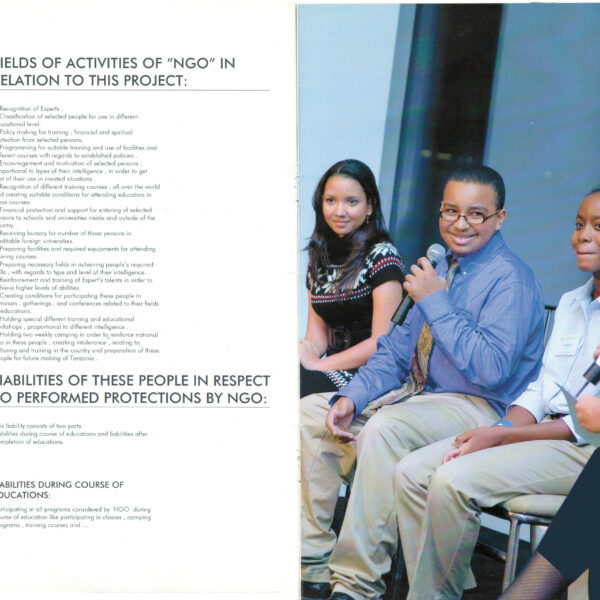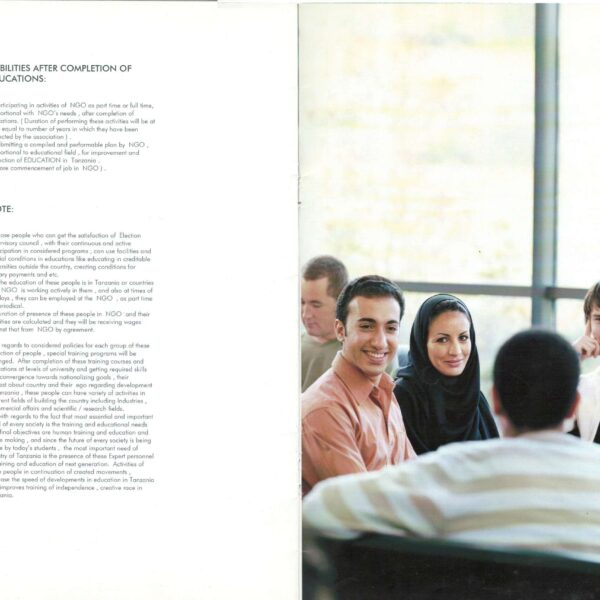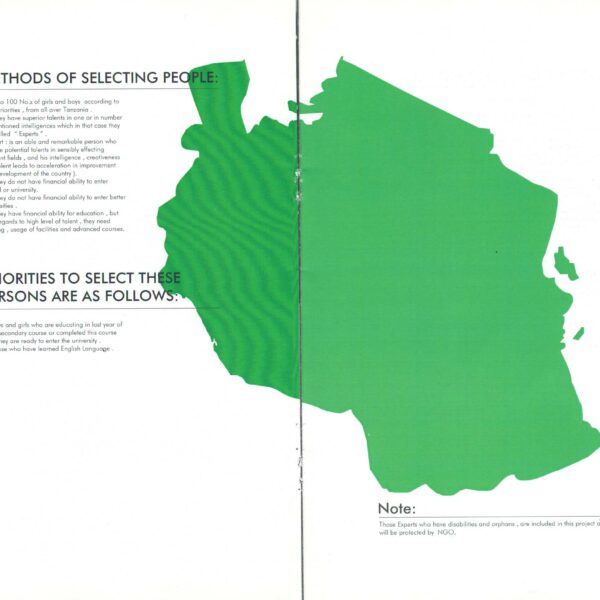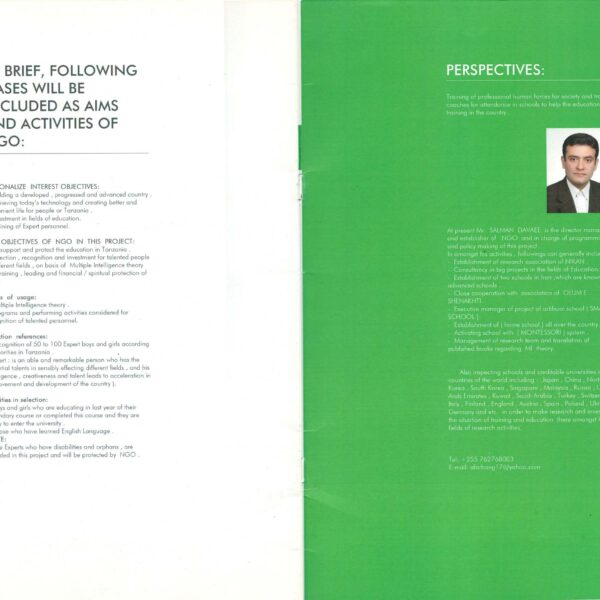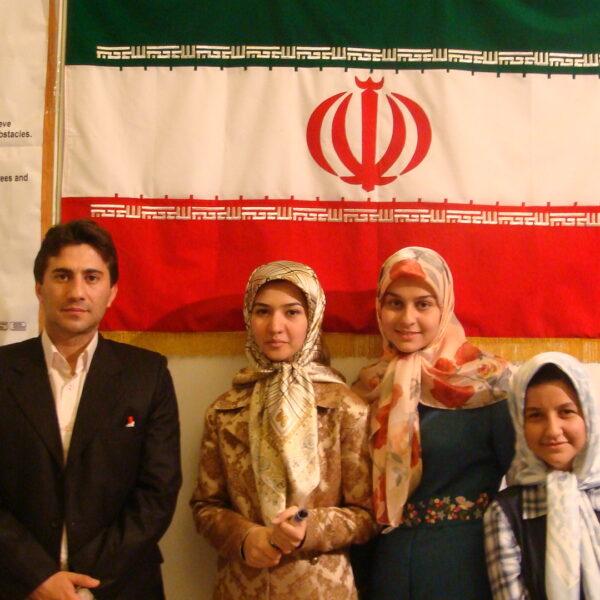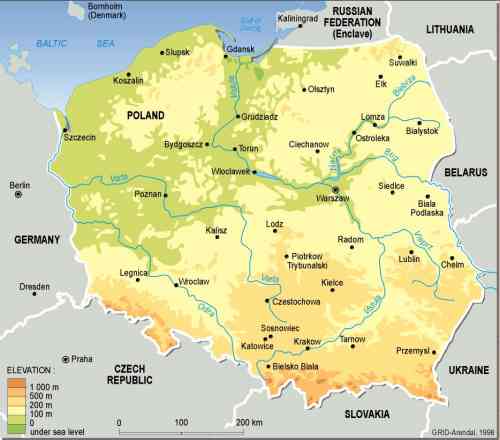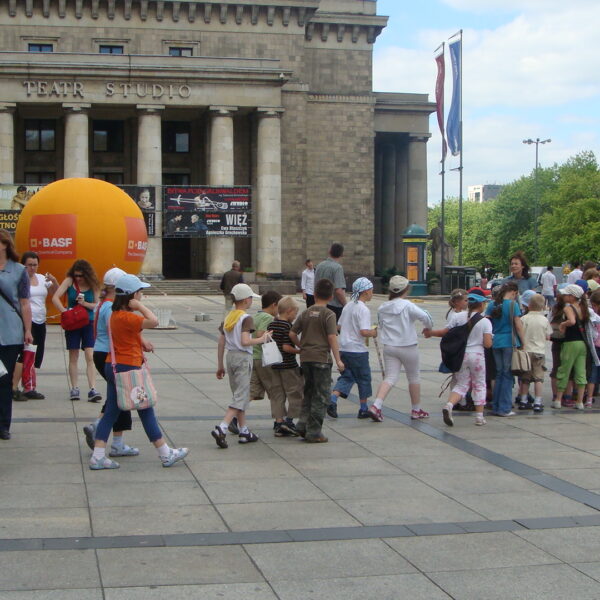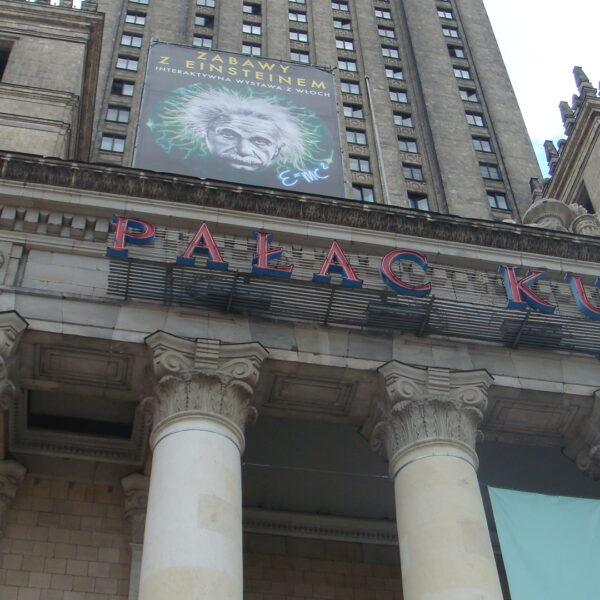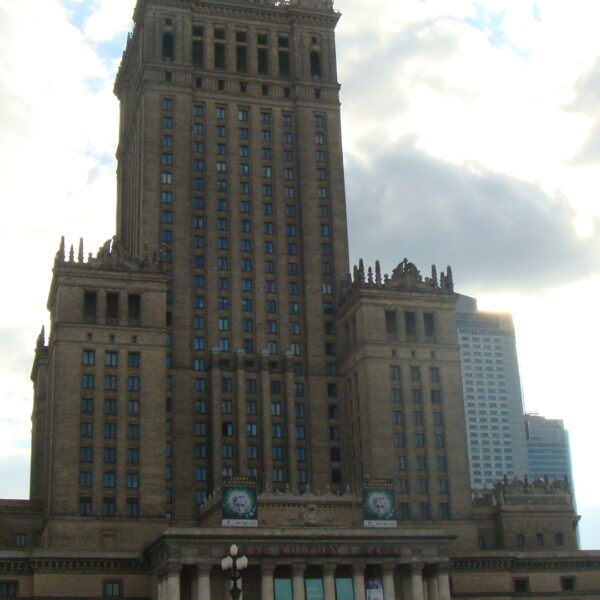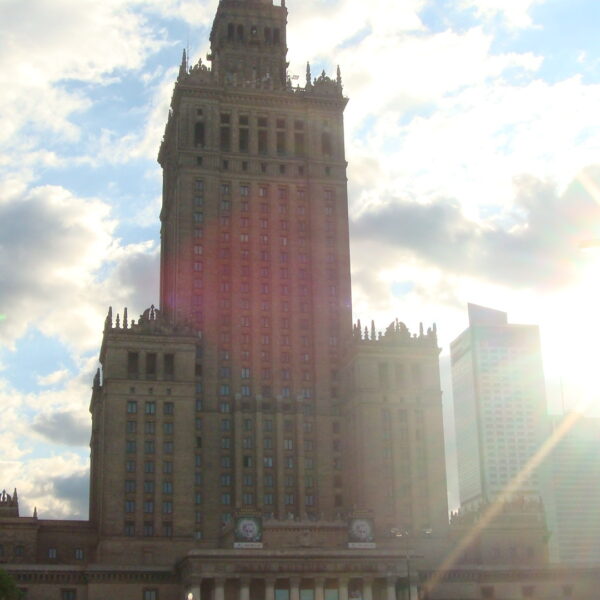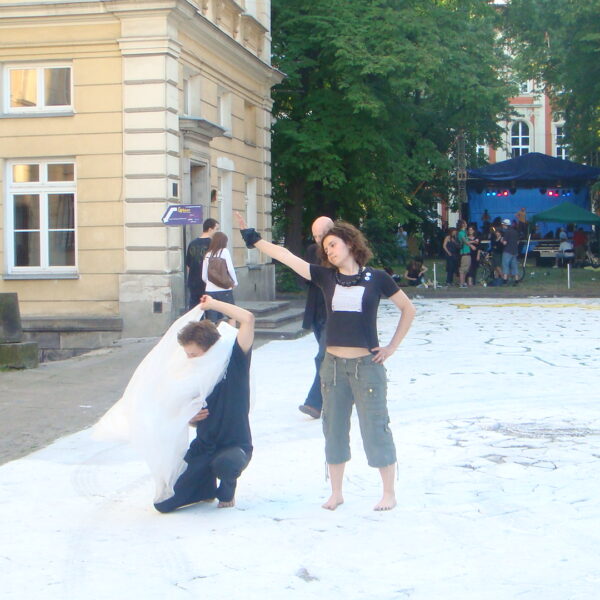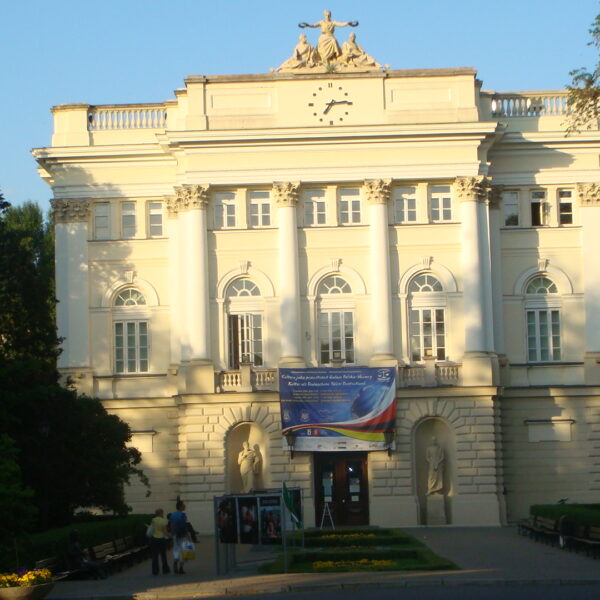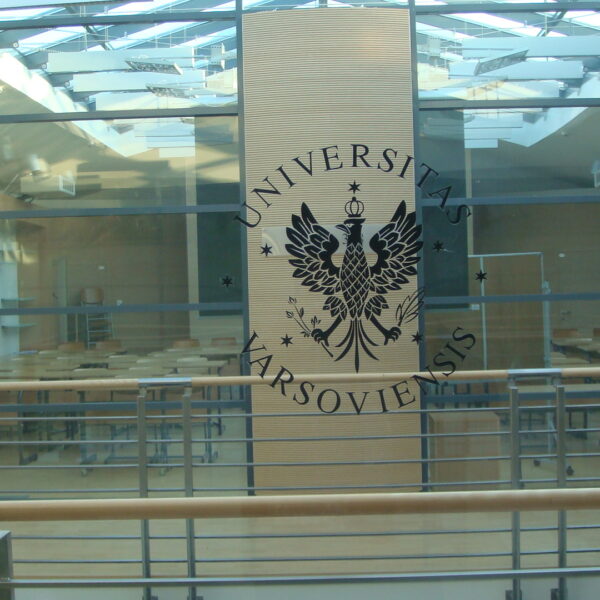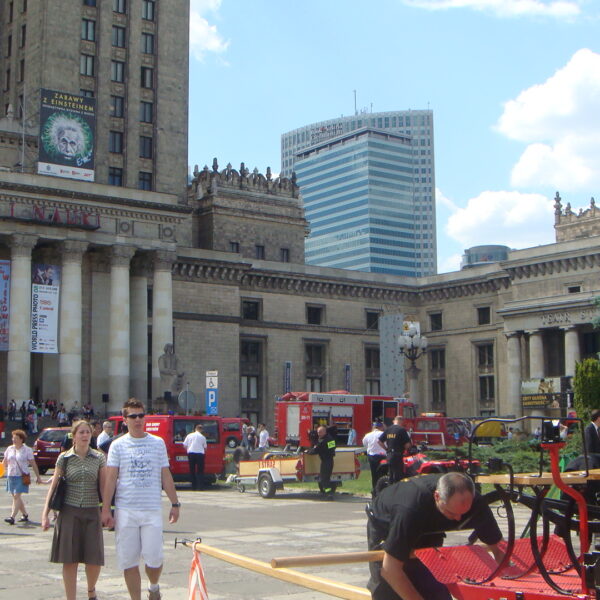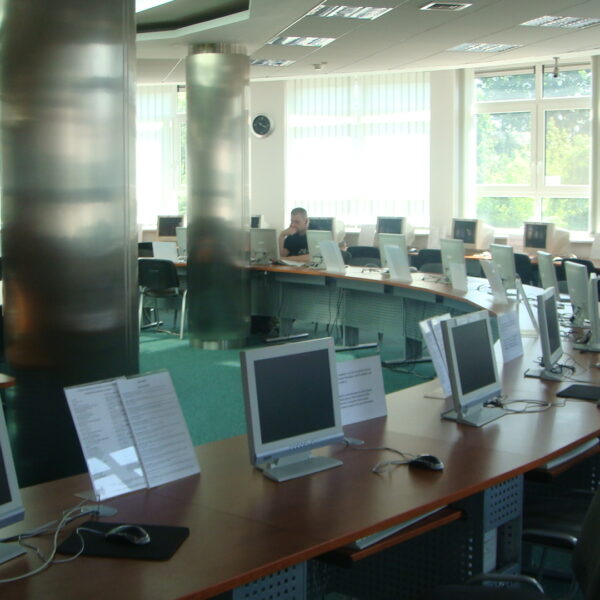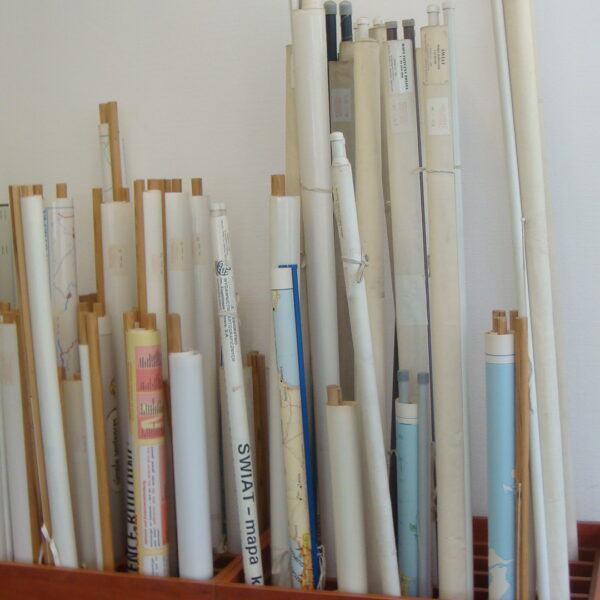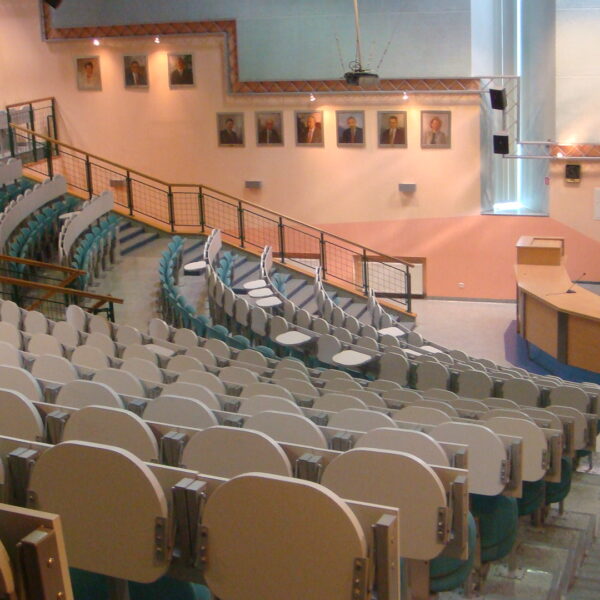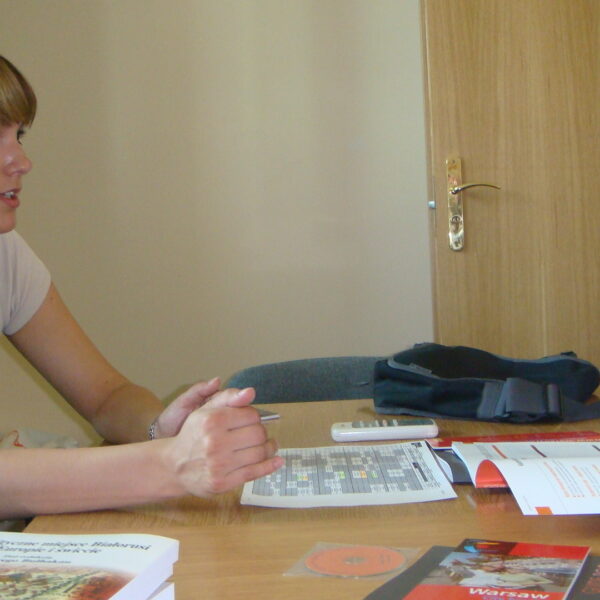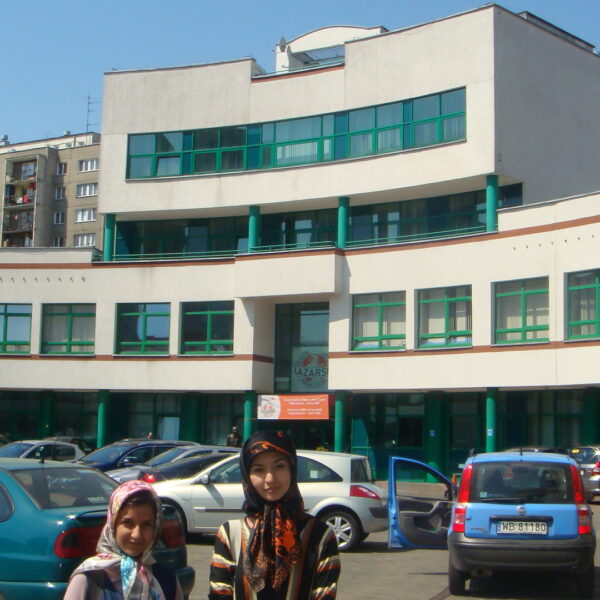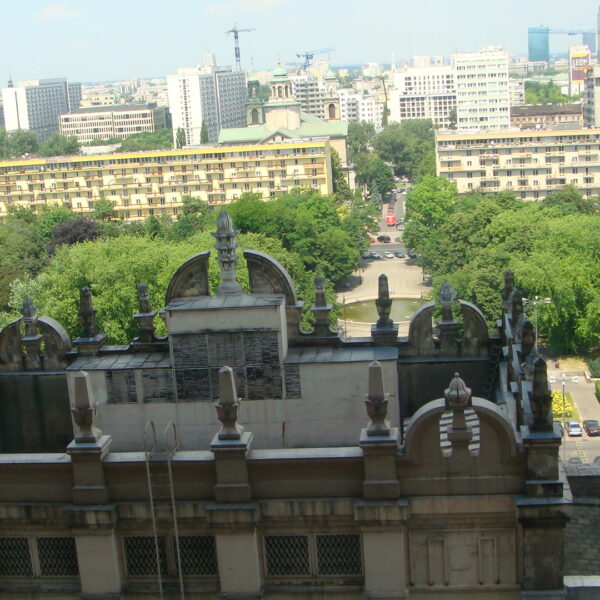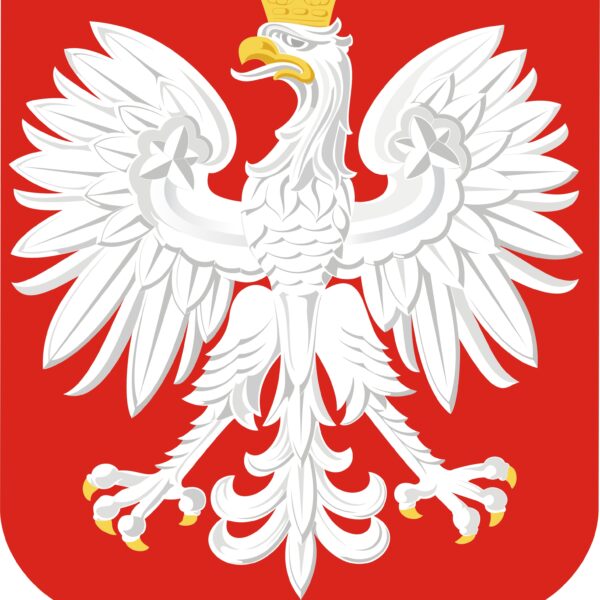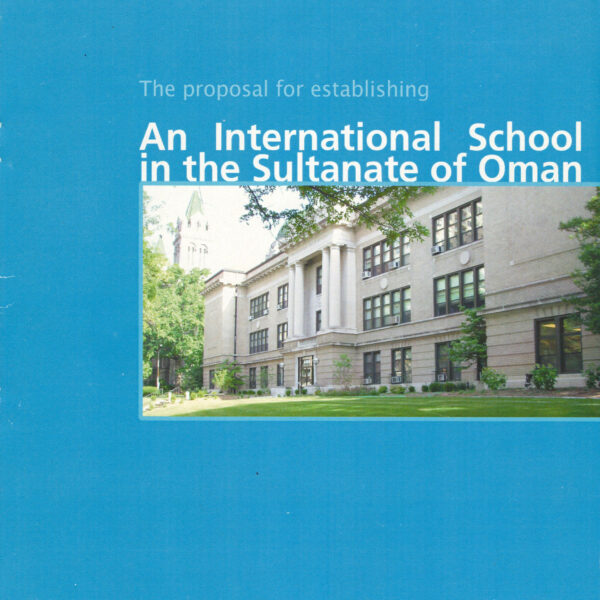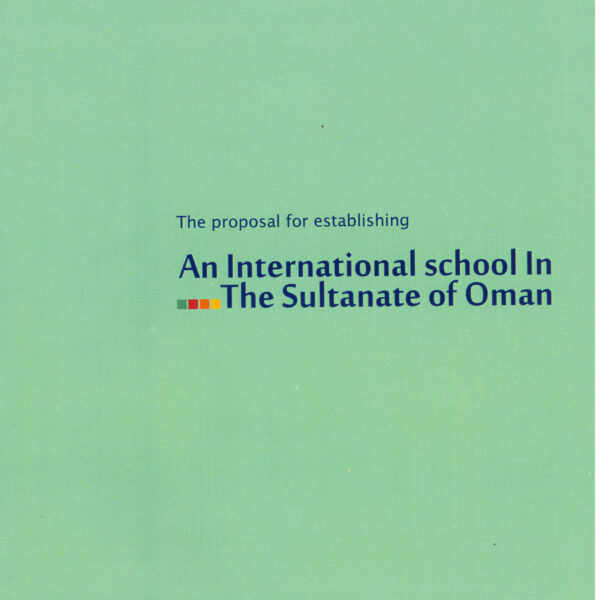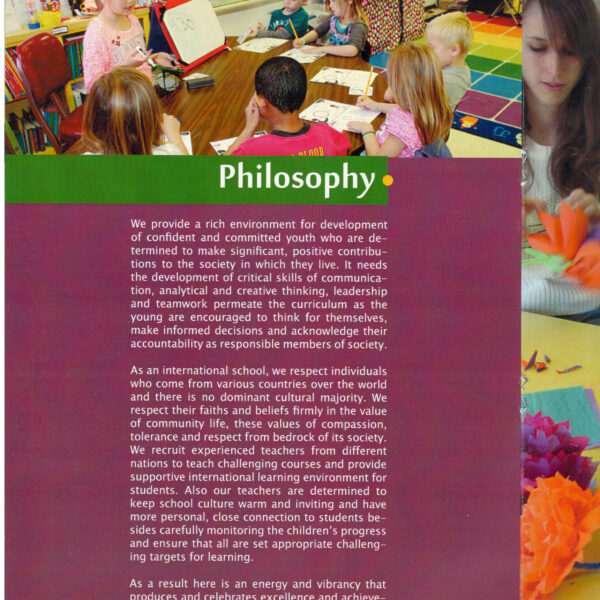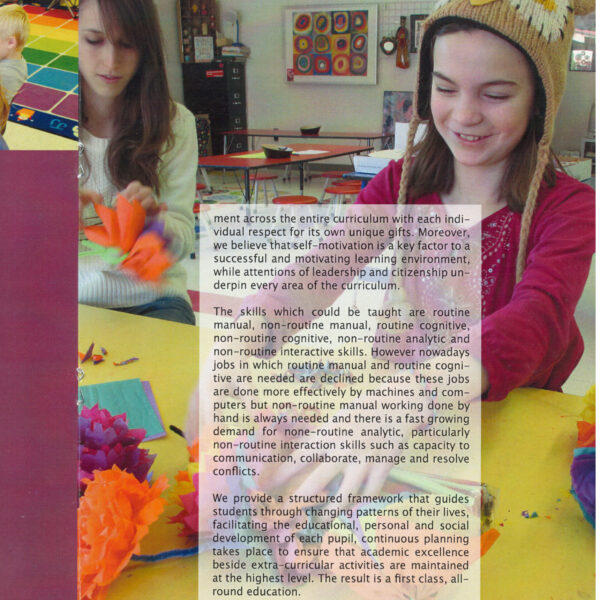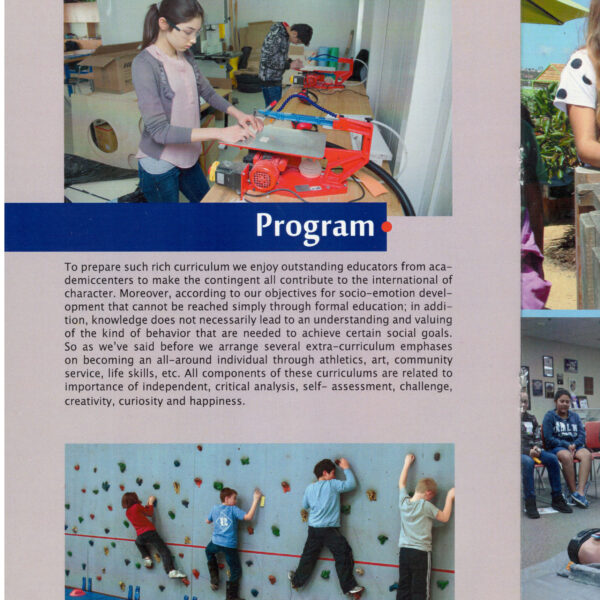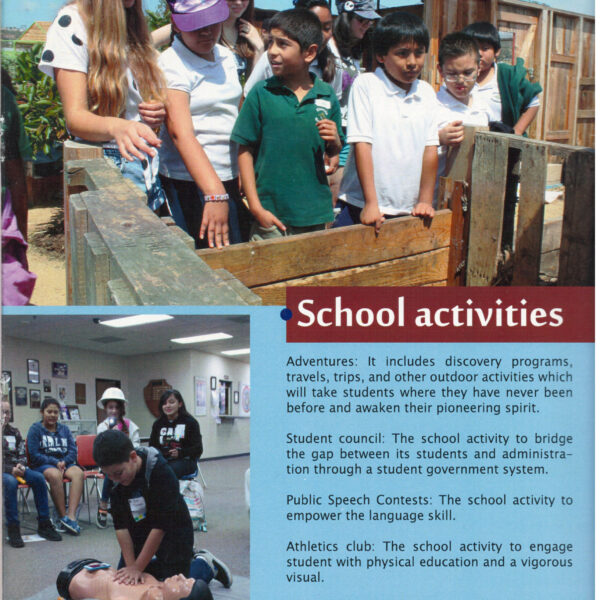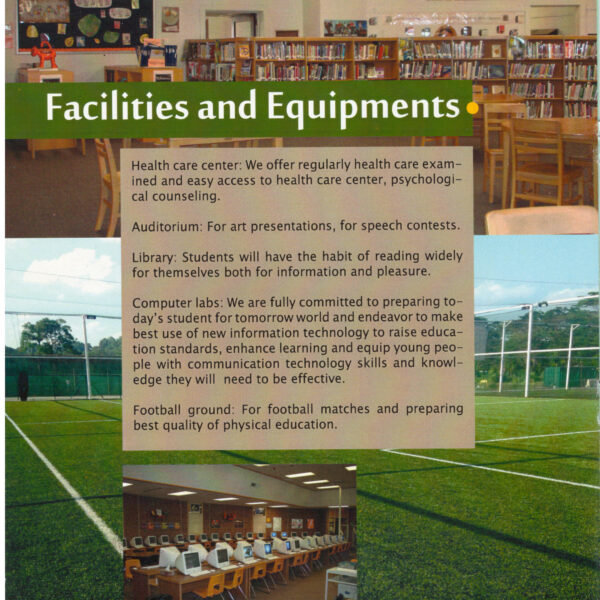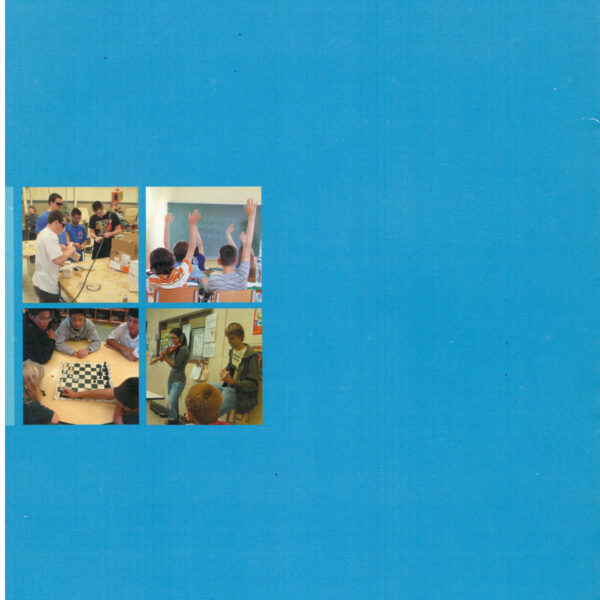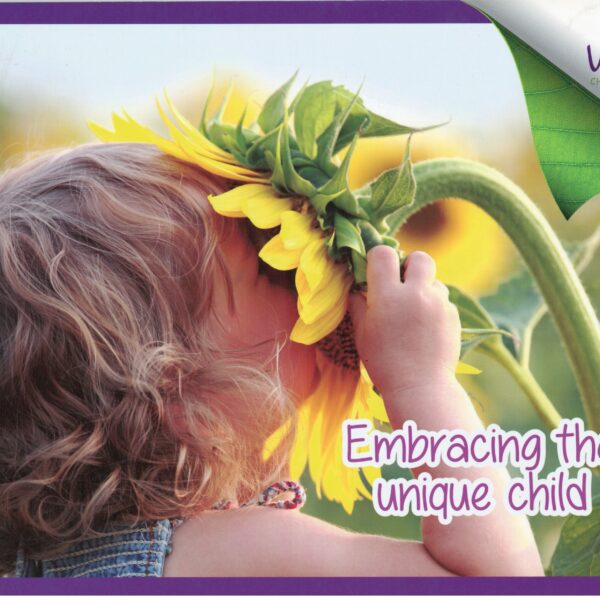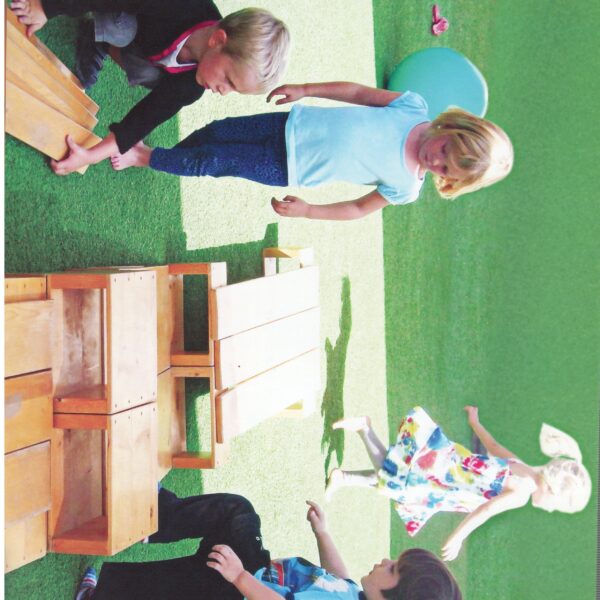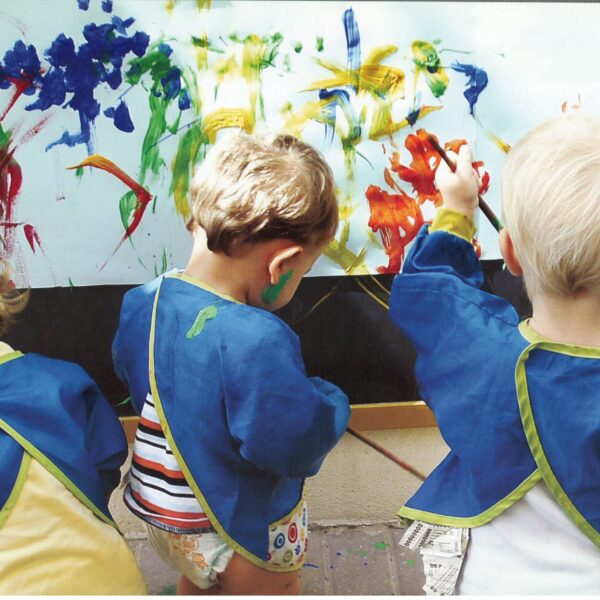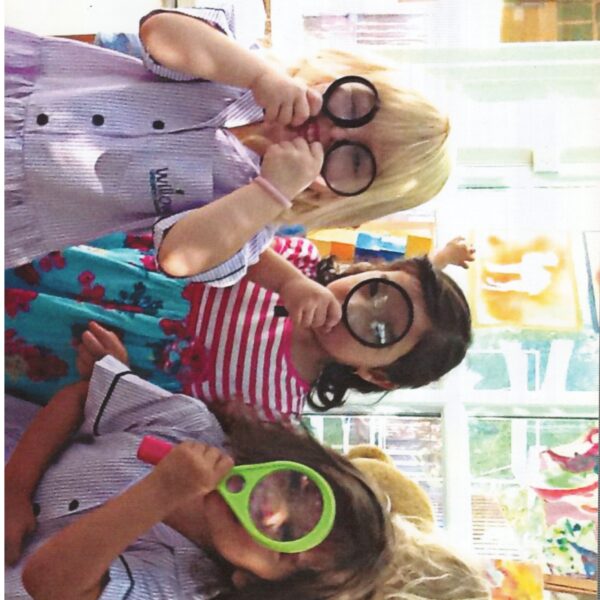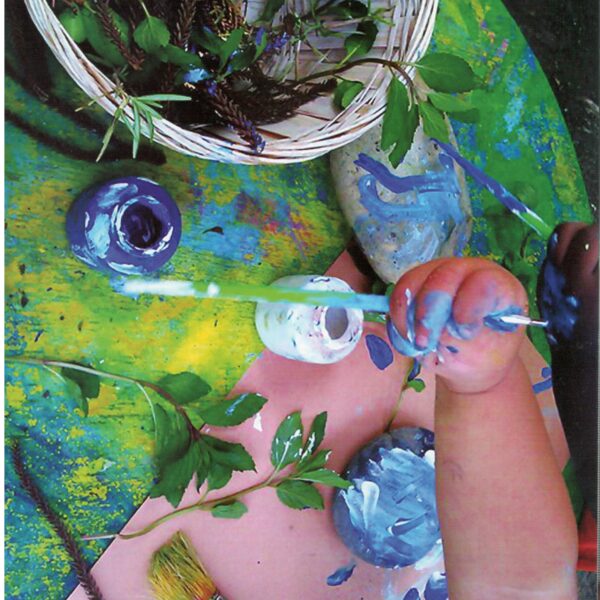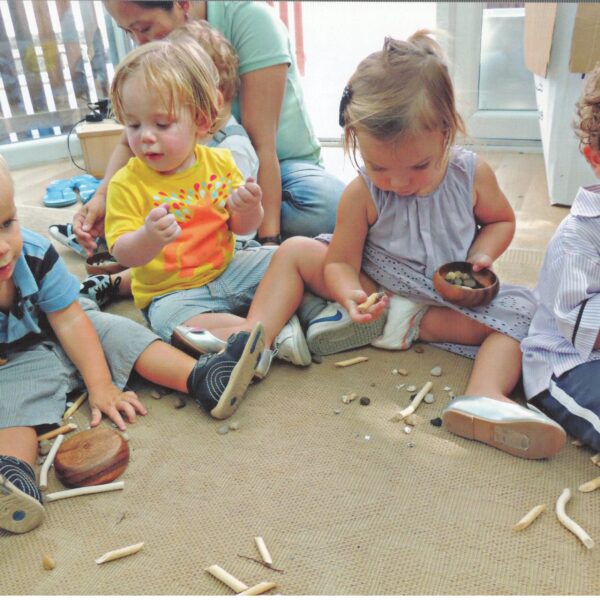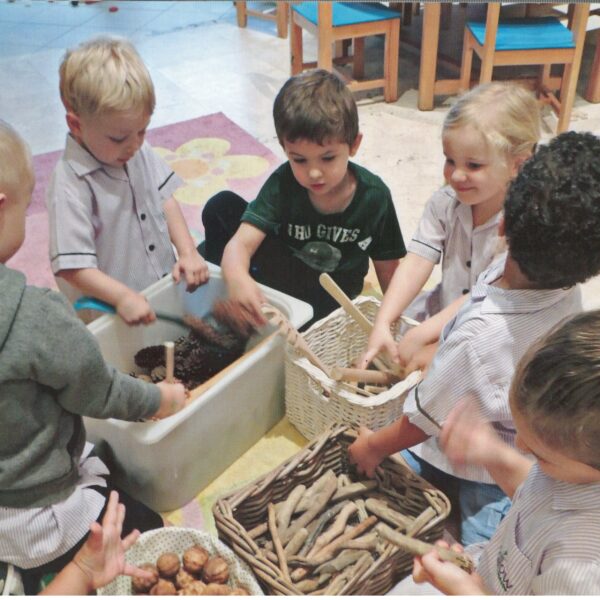International Cooperation
Establishment of educational NGO called Tasneem in Tanzania to help education in Africa
Visiting selected schools in the United Arab Emirates by selected educators
Visiting selected schools in Japan by selected educators
Visiting selected American schools by selected educators
Visiting selected schools in Finland by selected educators
Visits to selected Swiss schools by selected educators
Visit selected schools in Malaysia, Singapore, Australia, Oman, Qatar, Bahrain, Kuwait, Tanzania, Kenya, South Africa, Turkey, South Korea, Morocco, Tunisia, Russia, Germany, France, and...
Attending selected educators in the philosophy for a children training course in England
Visit of students and teachers from selected educational centers in South Korea
Visit of students and teachers from selected educational centers in Poland
Visit of students and teachers from selected educational centers in Croatia
Poland
Poland has a long history of educational achievements. During the rule of foreigners in this country, education was reserved for the privileged class of society. After the First World War, when Poland regained its independence, a centralized education system was established in this country. Currently, education in Poland is free and compulsory for people between the ages of 7 and 15. After completing eight years of primary education, almost all students enter high school. Those who go to public high school must prepare for college. But private high schools operate at the university level.
In this program of several days, we visited several schools, universities, and cultural centers of this country.
Oman
Human life has always been a challenge between good and bad and there is this potential ability in him to lean towards each of these. Therefore, we should carefully address this issue from childhood and nurture the individual capabilities of our children to always be good.
For this reason, education should redefine its mission in each region and locality according to this point of view, and in addition to moral and character education, children should also have the opportunity to improve their individual and group potentials in school.
As a country with a rich history and a valuable and value-oriented nation, Oman has significant opportunities to strengthen human skills and improve its quality of life.
In the project of establishing the international school of Oman, we intend to provide a space where students of different nationalities can live well together, live together, take action and learn for a lifetime by taking advantage of the rich culture and historical treasure of this country. practice to play our role in the economic, social, and cultural development of the international community.
United Arab Emirates
Croatia

Finland
This Scandinavian country is known for having the best education models. Different delegations from all over the world constantly visit this country to find out the secret of their success, and this is exactly what we did on this visit.
On the first day, we went to a school in Helsinki, the capital of Finland, to see what perspective governs the Finnish education system.
Finland has the shortest hours of education in school and the best educational results among European countries. From the first year to the sixth year of elementary school, children are educated with one teacher and one class, and the school is almost like a continuation of home for children.
One of the primary school teachers says: “I have been teaching this class for four years now. It is very good. It is very interesting to see the children grow up and learn. I think this is the best teaching method. It’s almost as if you are the second mother of the children.”
The conditions of becoming a teacher in Finland are very difficult. Teachers must have a master’s degree.
The Minister of Education of Finland says: “Another unique feature of the Finnish education system is that teachers are completely autonomous in their teaching methods. For example, they can do whatever they want in their teaching methods or subjects. “Teachers have a lot of freedom.”
In our conversations, the science teacher says: “It is important for children to know the natural environment around them. To learn about different species. This will help them to respect their environment.”
In Finland, playtime is a very important part of the learning process. Recreation hours are plentiful, and even in winter, children are encouraged to play outdoors outside of the classroom.
They trust the children and even in the children’s dining room, they are allowed to eat by themselves. There is no crew in the dining hall.
More emphasis is placed on music, sports, and art, and a lot of attention is paid to these classes.
Malaysia
Malaysia is a country in Southeast Asia. The government agencies and ministries of this country are located in the city of Putrajaya. The capital of this country is Kuala Lumpur. During our visit to Malaysia, we visited schools and some universities in this country.
Education in this country is among the basic priorities of the Malaysian government. Therefore, every year, a large amount of the national budget is allocated to the educational goals of this country. Education at primary and secondary levels is free for all students between the ages of 7 and 17.
Preschool education starts at the age of 4 or 5 in kindergartens and usually lasts until the age of 7. After that, primary education starts at the age of 7 and continues for six years. Preschool and elementary education levels are mainly provided by private schools and only some public schools.
Malaysia’s education also aims to provide the necessary ground for the acquisition of technical and professional skills for teenagers over 15 years old.
Educational programs at the preschool level include classroom activities, group activities, and recreational free activities.
Japan
Our trip to Japan started with long roads and long flights. When we arrived at the airport we forgot about the long journey that we had. In the whole airport, there were maps, brochures, books, and information catalogs, as well as smart monitors that were special for obtaining information.
Our trip was just an educational trip and we went on this trip to visit different schools in Japan. What I found on this trip can be described like this:
Education is so important to the Japanese and their government and they spend a large amount of money on preschool and elementary education.
In Japanese schools, there is a lot of emphasis on group and teamwork.
Respect for others is one of the characteristics of Japanese schools.
The Japanese educational environment places special emphasis on social development and social life.
About 30 days of the school year are devoted to visits, camps, cultural celebrations, and other ceremonies.
In Japan, the primary school period is six years. The composition of students in the classes changes every year and the teachers are not constant so that students can have the opportunity to meet new people. During the six years of elementary school, students use the same school bag, which is called “Randose Ro”. In schools, the responsibility of cleaning the school lies with the students. After closing the school, students clean their classrooms and some students are also responsible for washing toilets and cleaning the yard.
They believe that education is not just teaching different subjects to students. Cooperation with others, ethics, a sense of responsibility, and social behavior are also part of it.
When students enter school, they take off their shoes and put them in the closet and instead put on “Owabaki” (special white slippers that every student wears regardless of age and gender).
High school is three years. Students must take an entrance exam to enter the 10th grade.
There are both compulsory and optional courses in the student’s curriculum. One of the mandatory lessons is the one-year family economics course that prepares students for family life. Students have to learn how to cook and budget and are told about the importance of family to them.
 Fa
Fa En
En